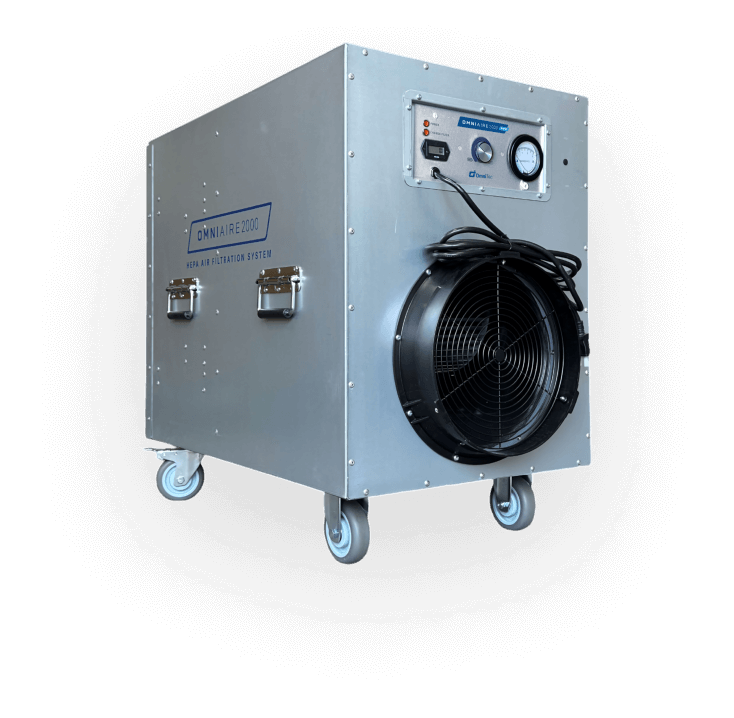When Indoor Air Quality Matters Most:
Solutions for Protecting the Air Quality Indoors During Wildfires
When wildfires affect communities, safe indoor spaces that provide clean air are critical. Exposure to the fine particulate matter carried by wildfire smoke can have long-term health effects; research shows that wildfire smoke inhalation increases inflammation in the body, affects mental health, and worsens the symptoms of asthma, heart disease, lung disease, and bronchitis.1
Because smoke can travel thousands of miles2, these adverse effects are a concern even for people who live nowhere near an active fire – so it’s essential to prepare indoor spaces for wildfires no matter where they are.

7 Components of a Smoke Readiness Plan
Based on current EPA and ASHRAE recommendations:
- Prepare or purchase portable air cleaners and extra filters.
- Perform a complete maintenance check of HVAC systems, make any needed repairs, and determine if a high-efficiency filter (MERV 13 or higher) can be added.
- Assess and maintain adequate air flows during smoke events. Be prepared to measure indoor fine particulate matter (PM25) with one or more air sensors.
- Prepare to add supplemental filtration at intake air vents.
- Install a port or pressure gauge to measure filter pressure drop.
- Weatherize the building to limit smoke intrusion.
- Reduce indoor sources of PM25 like using printers and copiers, vacuuming, or cooking, and determine where temporary “cleaner air spaces” can be created.


Omni CleanAir has over 30 years of experience keeping people safe in dangerous air quality environments, including wildfire management.
We recommend the following products for smoke particulate control:
OmniClean Professional Series
All OmniClean models combine high-capacity airflow, UVGI, and TRUE HEPA filtration. Models differ in CFM airflow only.



